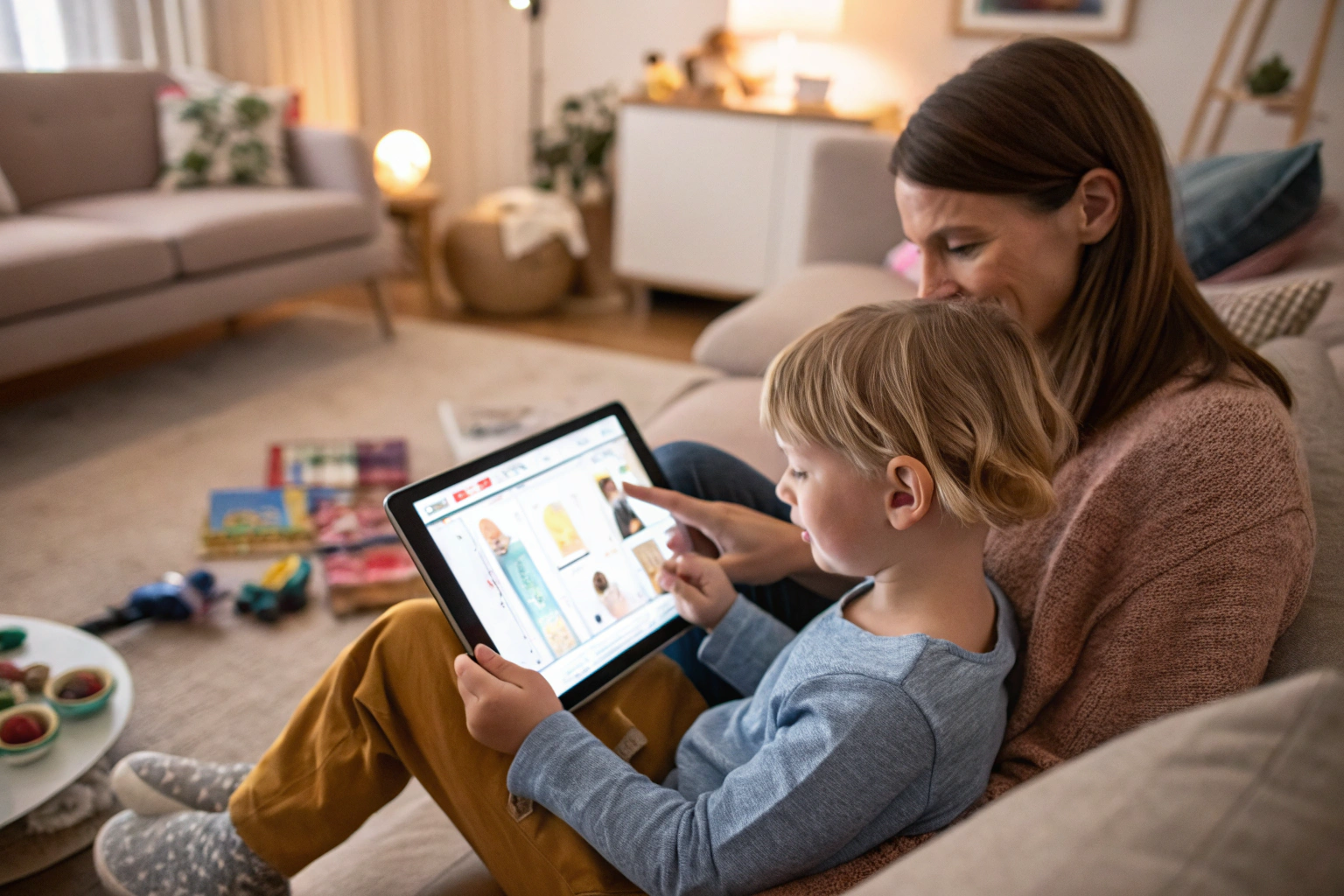As a manufacturer of kidswear, I often ask myself: what are children actually choosing to buy online? Understanding their preferences helps us create products that retailers can sell faster and more confidently.
Children like to buy items online that are visually engaging, trend-driven, and related to their favorite characters or interests—clothing, toys, accessories, games, and even DIY craft kits are top picks.
In this blog, I’ll break down the key product categories that resonate with kids in online shopping, the growing influence of platforms like TikTok and YouTube, and how brands can create products that kids notice—even if parents are the ones paying.
What categories of products are most popular among kids?
The top-selling product categories among children include toys, character-themed clothing, gaming gear, stationery, and crafts. While parents often make the final click, kids heavily influence decisions—especially when shopping together.
As a factory owner, I’ve seen more brands ask us to add character prints, sparkle embellishments, or interactive elements to our clothing. They’re adapting to demand driven by children's browsing behavior. Research shows that visual appeal and trend familiarity are the keys to triggering interest.
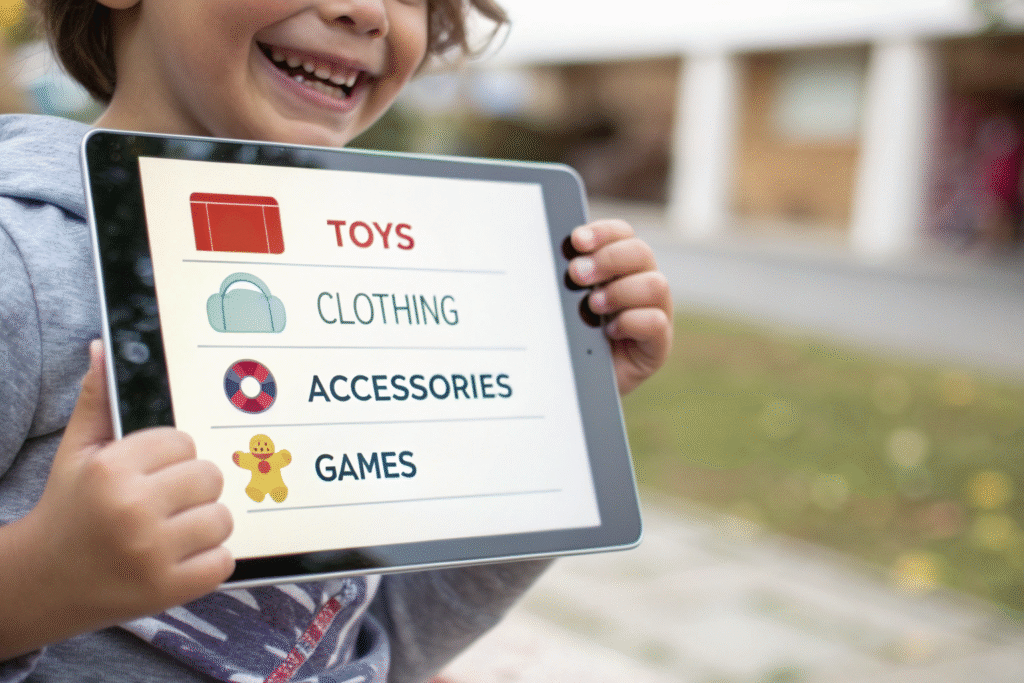
Why do toys and collectibles dominate online wishlists?
Toys are visual, fun, and easy to showcase online. Kids often see ads on YouTube Kids or product unboxings on TikTok. Brands like LOL Surprise or LEGO thrive because they create anticipation around each new series.
Retailers who stock toys or bundle them with matching clothing often see increased cart values. That’s why we’ve helped clients launch “toy and tee” bundles. The cross-category interest keeps kids engaged, and retailers benefit from higher average order sizes.
How popular are clothing and accessories with children?
Very. Especially if they feature characters, sparkle, glow-in-the-dark prints, or reversible sequins. Kids want to wear what they see on screens or on friends. For example, our unicorn hoodie with light-up sleeves became a viral hit among 6-9 year-olds after just one influencer post.
Sites like Zulily and PatPat tailor product layouts to highlight these features. Smart retailers use these cues to select designs that kids can’t resist—and that parents are more likely to approve.
How does digital content influence children's online preferences?
Video platforms have changed everything. Kids no longer wait for commercials—they watch vloggers, DIY challenges, and unboxings that spark immediate interest in the items they see. This creates product virality within hours.
As a supplier, we now follow TikTok trends and YouTube keywords to predict what might influence the next season’s designs. Retailers who ignore content platforms risk missing the pulse of what’s hot.
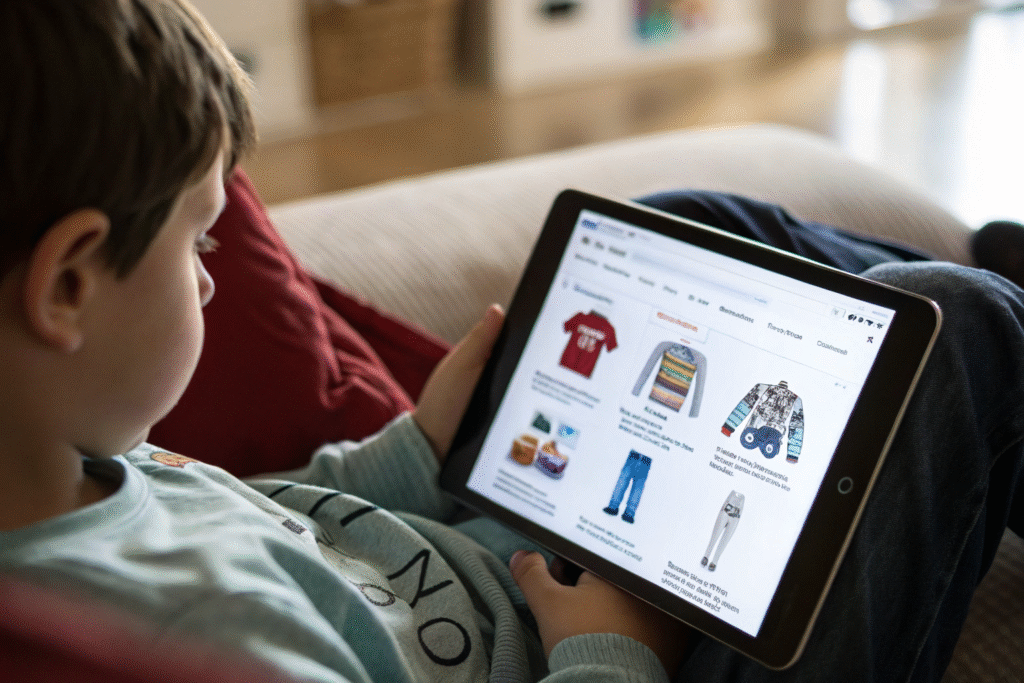
What role do influencers play in shaping demand?
Huge. Micro-influencers on YouTube Kids or family content creators on Instagram often introduce new toys, outfits, or challenges. One child trying on a glitter dress and spinning on video can drive thousands of views—and sales.
We’ve partnered with some clients who send sample pieces to young creators. The return is measurable: increased store visits, more social tags, and higher engagement. Don’t underestimate the trust kids place in familiar faces.
Are gaming and online play connected to shopping choices?
Absolutely. Kids who play Roblox, Minecraft, or Animal Crossing often want real-world gear that matches their digital style. We’ve been asked to design T-shirts and joggers with pixel art or game-themed prints inspired by these environments.
Sites like Roblox Merch and GameStop show how virtual play extends into physical goods. Smart retailers link their product collections to these interests for extra relevance.
What role do parents play in kids' online purchases?
While children influence what gets attention, parents control what gets bought. They look at safety, reviews, price, and practicality. That’s why successful kids’ products balance playful design with quality and reassurance.
We always advise clients to use safe fabrics, include product care info, and offer multiple size options. If the parent doesn’t trust the site or product, it won’t make it to checkout—no matter how excited the child gets.
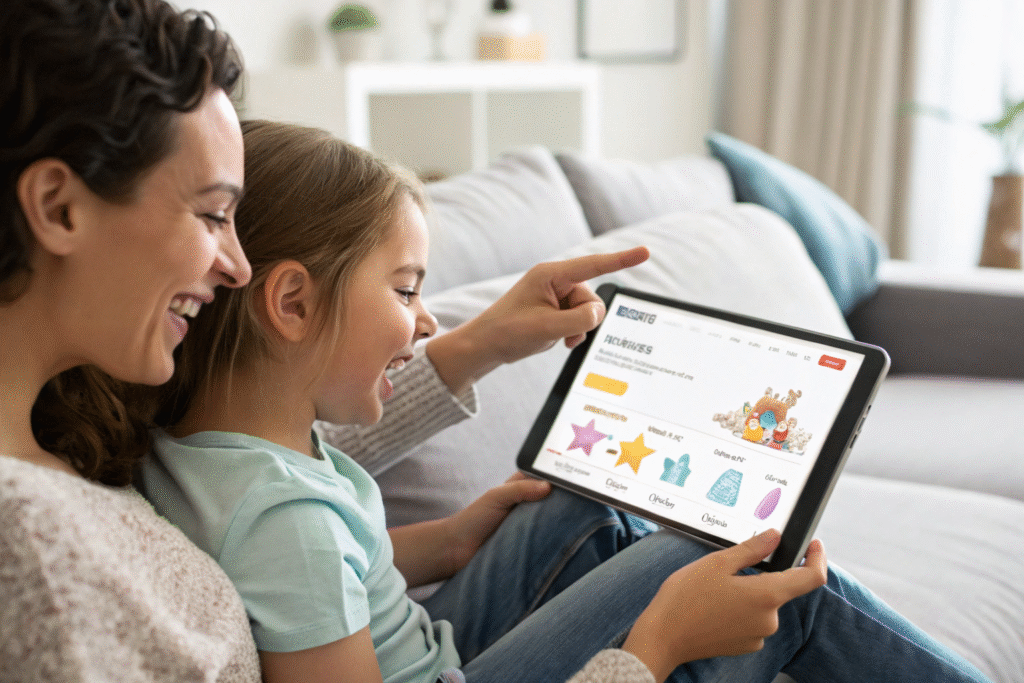
How can product pages appeal to both kids and parents?
Make them fun but informative. Include zoomable images, videos of the product in use, and certification icons. Highlight machine-washable fabric, breathable linings, and safe packaging.
Sites like Mini Boden do this well—they combine playful product titles with solid care instructions and trust signals. Our clients who include size charts and ingredient lists often see lower return rates and higher repeat orders.
Do parents prefer shopping bundles or a la carte?
Bundles often win. Parents feel like they’re getting more value, and kids love the surprise element. We’ve developed matching sets like "Back-to-School Packs" that include a hoodie, a lunch bag, and stickers—these outperform individual items by 30% in conversion rates.
Sites like Target and Carter’s have mastered bundling by season or theme. Retailers should think beyond single SKUs to increase average order value and satisfaction.
What design trends are children excited about right now?
Kids today are fashion-aware and trend-driven, even at early ages. Popular themes include unicorns, dinosaurs, galaxy prints, rainbow gradients, and matching family outfits. Seasonal spikes occur around Halloween, Christmas, and back-to-school campaigns.
As a manufacturer, we refresh our design bank quarterly to reflect TikTok trends, movie releases, and feedback from overseas buyers. Buyers who understand kids' visual language can order smarter—and sell faster.
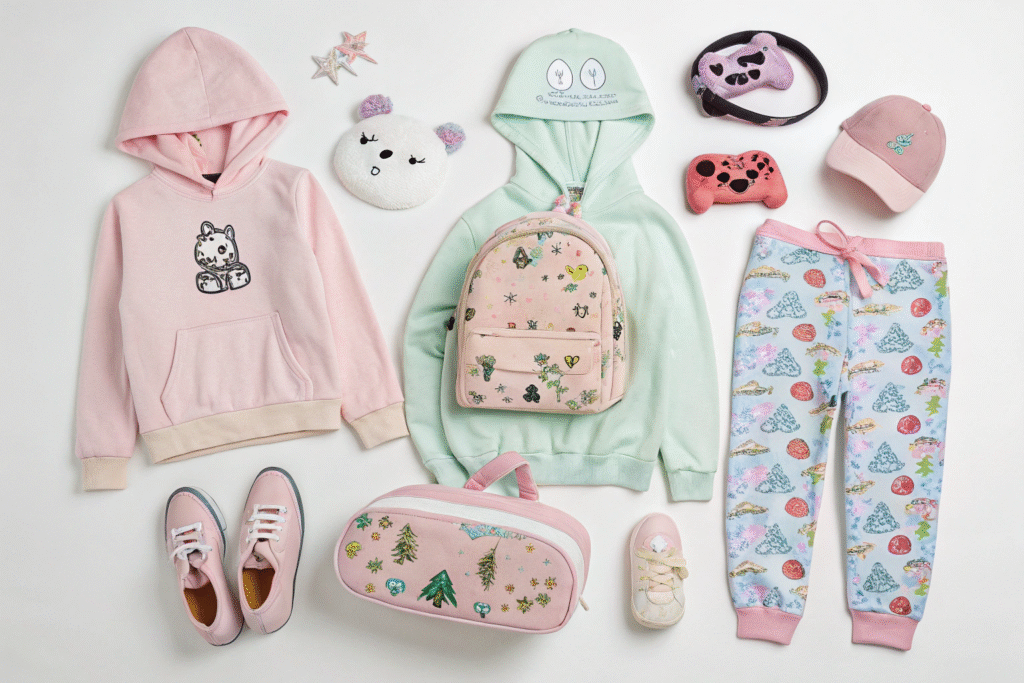
What colors and fabrics are trending for kids?
Soft pastels and bright neons both perform well. Pastels work for baby and toddler collections, while neons and metallics appeal to school-age kids. We’ve seen high demand for tie-dye patterns and reversible sequins that change colors with a swipe.
Fabric-wise, parents want breathability. Cotton blends, bamboo viscose, and French terry are top picks. Sites like Hanna Andersson highlight fabric composition clearly—and this builds trust.
How do licensed characters impact purchase decisions?
Massively. Disney, Marvel, and anime characters often drive impulse purchases. Kids recognize them instantly, and parents trust them as safe choices. We frequently create licensed-style designs for clients selling in theme-based stores or event pop-ups.
Sites like ShopDisney or BoxLunch show how character integration boosts appeal. Even unlicensed look-alike designs with similar themes (e.g., a “hero dog” instead of Paw Patrol) can perform well when done tastefully.
Conclusion
Children love to buy online—or more accurately, influence online buying—through excitement, screen exposure, and emotion. Whether it's sparkly dresses, trending plush toys, or Roblox-themed hoodies, the most successful products balance visual fun with quality and practicality.
At Fumao Clothing, we stay close to these trends by working with international brands, monitoring platform virality, and building products that speak to both kids and parents. If you're a retailer or brand looking to ride the wave of what kids love online, partner with a manufacturer who understands both style and structure.
Let us help you create what children click on—and parents trust to buy.

